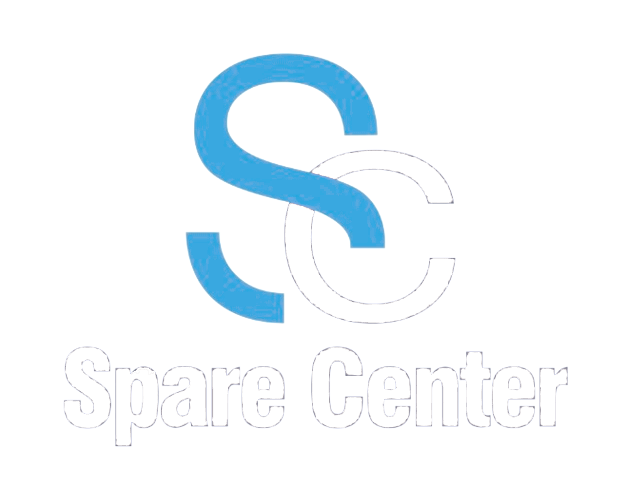Key Technologies in the Industrial Automation
In today's fast-paced industrial landscape, the role of industrial automation components cannot be overstated. With the advent of Industry 4.0, technologies such as Automation
Software, Robotics Technology, Programmable Logic Controllers (PLCs), and Sensor Technology are all working in tandem to streamline processes, enhance efficiency, and elevate
product quality across manufacturing sectors. These components collectively represent the backbone of modern manufacturing, enabling companies to stay competitive in an increasingly
dynamic global market.

Sensor Technology
The foundation of industrial automation often begins with advanced sensor technologies that enable precise data collection and monitoring throughout production processes. Sensors play a crucial role in measuringcritical parameters such as temperature, pressure, humidity, and flow rates. This real-time data allows operators to maintain optimal conditions, prevent equipment failures due to overheating or excessive pressures, and ensure consistent product quality.
Recent advancements in sensor technology include the development of smart sensors capable of wireless communication and integration with IoT platforms. These sensors not only gather data but also facilitate predictive maintenance strategies, where potential issues can be identified and addressed before they cause disruptions or downtime. For instance, vibration sensors can detect anomalies in machinery, allowing for proactive maintenance to avoid costly repairs and production delays. This shift towards predictive maintenance can significantly extend the lifespan of machinery and equipment, ultimately leading to substantial cost savings.
PLCs
At the heart of many industrial automation systems are PLCs, which serve as the central control units responsible for executing precise sequences of operations based on input from sensors and human
commands. PLCs are programmable and configurable to adapt to varying production demands, offering flexibility in manufacturing processes.
The integration of PLCs with SCADA (Supervisory Control and Data Acquisition) systems enhances control and monitoring capabilities across entire production lines. This integration enables operators to remotely
monitor and adjust operations, track performance metrics in real-time, and respond swiftly to changing conditions or production requirements. Furthermore, the implementation of advanced PLCs with higher processing
capabilities and improved networking features allows for more complex and coordinated control strategies, facilitating more efficient and adaptive production processes.
Robotics Technology
The evolution of robotics technology has revolutionized industrial automation, enabling tasks that were once labor-intensive and error-prone to be performed with unprecedented accuracy and efficiency.Industrial robots
are now capable of handling intricate assembly tasks, material handling, and even complex operations such as welding and painting.
Collaborative robots, or cobots, represent a significant advancement in robotics, designed to work alongside humans in shared workspaces safely. These robots are equipped with advanced sensors
and AI-driven algorithms that enable them to adapt to dynamic environments, making them suitable for applications in small-batch production and agile manufacturing settings. Cobots can relieve
human workers from repetitive and physically demanding tasks, reducing the risk of injuries and allowing humans to focus on more complex and creative aspects of production.
Automation Software
Automation software serves as the backbone of modern industrial automation systems, facilitating seamless integration and optimization of processes. These software solutions range from MES (Manufacturing
Execution Systems) that manage production scheduling and resource allocation to advanced analytics platforms that derive actionable insights from big data generated by sensors and production equipment.
Machine learning and AI algorithms integrated into automation software enable predictive analytics, where patterns and trends in production data are analyzed to forecast equipment performance and optimize
production workflows. This predictive capability minimizes downtime, reduces maintenance costs, and maximizes overall equipment effectiveness (OEE), thereby enhancing operational efficiency and profitability.
Moreover, the ability to visualize and analyze data in real-time through intuitive dashboards and user interfaces empowers decision-makers to make informed choices quickly, further enhancing the responsiveness
and agility of manufacturing operations.
Industry 4.0
As we embrace the era of Industry 4.0, characterized by the convergence of digital technologies and physical systems, the landscape of industrial automation continues to evolve. The concept of the Industrial Internet
of Things (IIoT) is driving interconnectedness among devices, machines, and systems, facilitating real-time data exchange and decision-making.
Cloud computing infrastructure is increasingly being leveraged to store and analyze vast amounts of production data generated by IoT-enabled devices. This data-driven approach enables manufacturers to achieve greater transparency, agility, and responsiveness in their operations. Moreover, technologies such as digital twins—a virtual replica of physical assets and processes—enable simulation, testing, and optimization of production
scenarios in a virtual environment before implementation in the physical world. This ability to predict and refine production processes in a virtual space reduces the risk of errors and inefficiencies in the actual production
environment, leading to smoother operations and higher quality outcomes.
Conclusion
In conclusion, industrial automation components represent the cornerstone of modern manufacturing, enabling companies to achieve higher levels of productivity, efficiency, and quality in their operations. From sensors
that provide critical insights into production processes to PLCs that orchestrate precise control and robotics that automate complex tasks, these components work synergistically to drive innovation and competitiveness.
Looking ahead, the ongoing advancements in automation technologies promise to further optimize manufacturing processes, reduce operational costs, and accelerate time-to-market for new products. Embracing these
technologies not only enhances operational performance but also positions businesses to thrive in an increasingly competitive global market. As industries continue to navigate the complexities of the modern industrial
landscape, the strategic implementation of automation components will be key to sustaining growth, innovation, and success.


